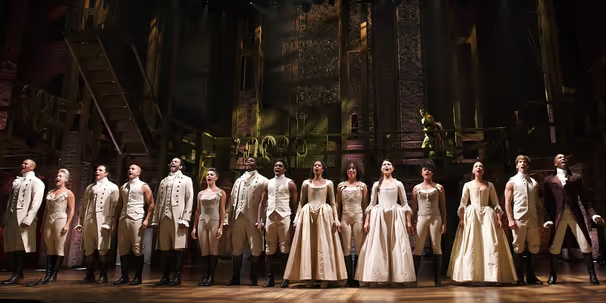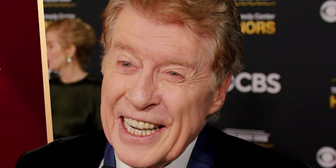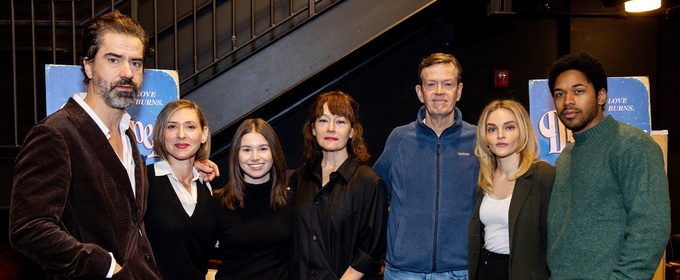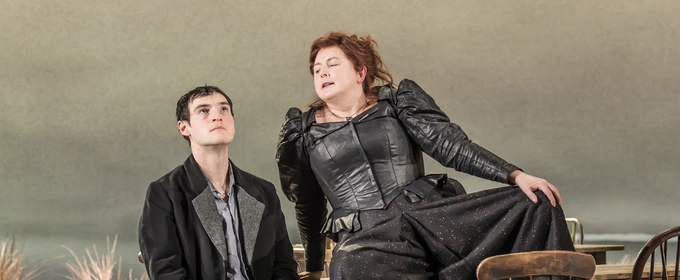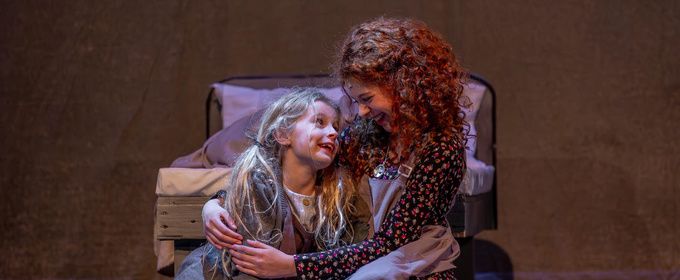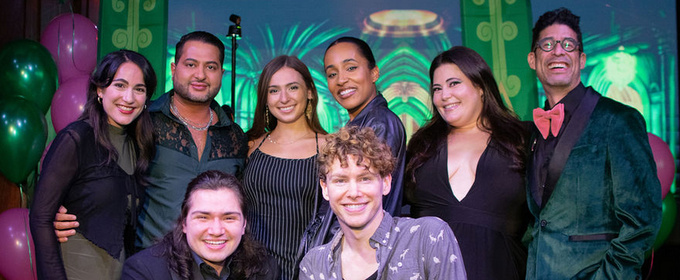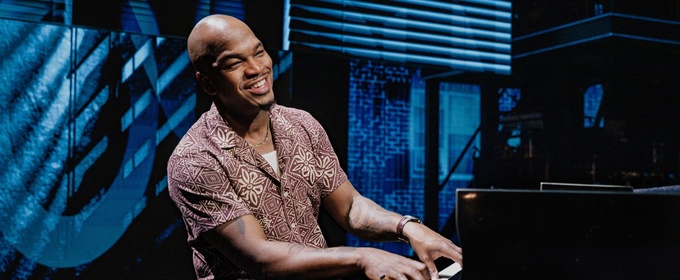Trending Stories
Recommended for You
Broadway Grosses: Week Ending 12/21/25 - MAMMA MIA! Plays its Best Week Ever on Broadway
View the latest Broadway Grosses
Diving Deeper Into American Theatre’s Most Influential Titles
A recent survey ranks the most influential theatre titles of the last 25 years.
Photos: J.J. Abrams, Jimmy Fallon, and More Attend ALL OUT: COMEDY ABOUT AMBITION Gala
All Out is written by Simon Rich and will be performed with a rotating cast of four actors for 12 weeks at the Nederlander Theatre.
Video: How Danny Strong Made CHESS for a New Generation
Danny shares a deep dive into the legacy of Chess and the challenge of reimagining a classic in Episode 147 of Survival Jobs: A Podcast.
Ticket Central
Industry
West End

Review: BEAUTY AND THE BEAST, New Wolsey Theatre
Beauty and the Beast runs at the New Wolsey Theatre until 17 January
Beauty and the Beast runs at the New Wolsey Theatre until 17 January
New York City

Review: THE 2ND ANNUAL DIONNE FAMILY CHRISTMAS A Perfect Start to the Holidays at The Green Room 42
The talented husband and wife duo and friends delivered cheer and merriment.
The talented husband and wife duo and friends delivered cheer and merriment.
United States

Video: Behind the Scenes of A CHRISTMAS CAROL at Alley Theatre
Now on stage through December 28th, 2025.
Now on stage through December 28th, 2025.
International

Final Premium Tickets Available for New Year's Eve Celebration at Sydney Opera House
Guests can choose between Puccini’s tragically beautiful, Madama Butterfly in the Joan Sutherland Theatre or the extravagant Opera Gala in the Concert Hall.
Guests can choose between Puccini’s tragically beautiful, Madama Butterfly in the Joan Sutherland Theatre or the extravagant Opera Gala in the Concert Hall.














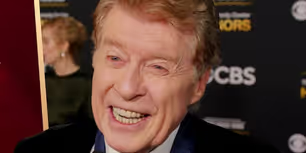


.jpg)

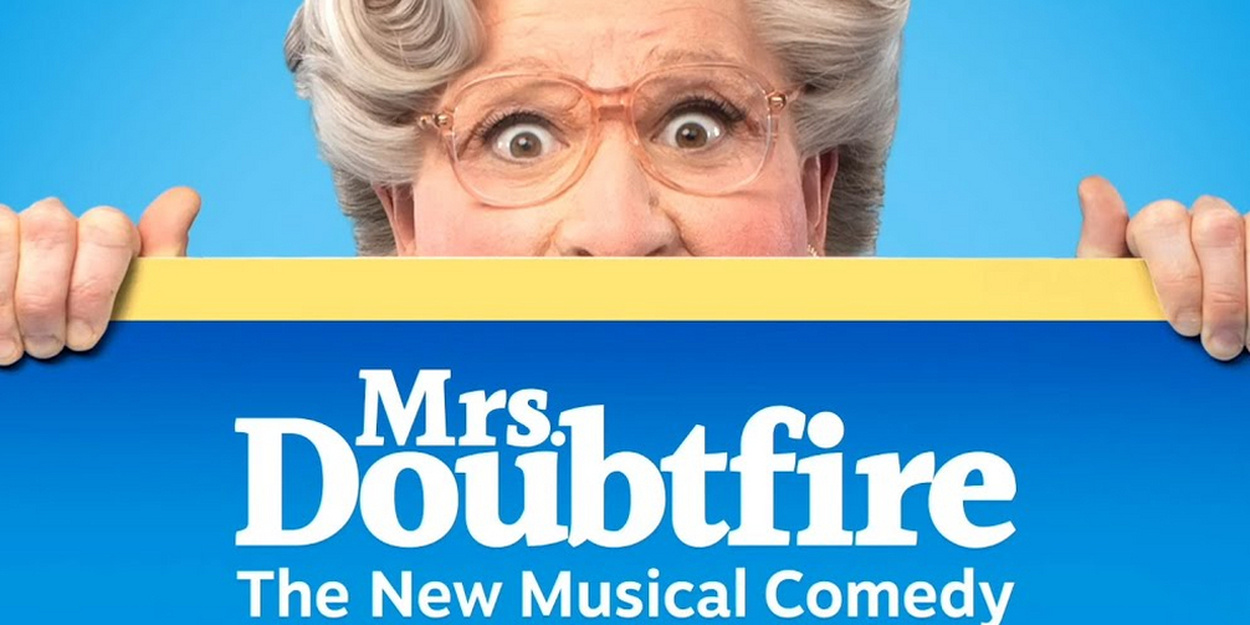







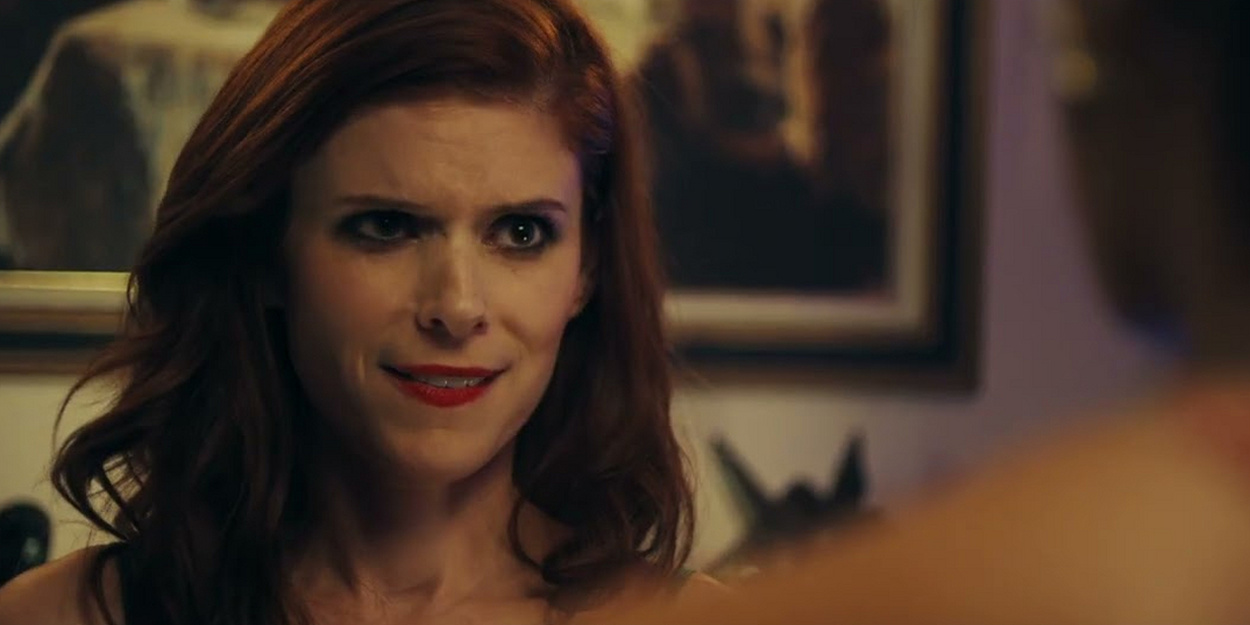



















.jpg?format=auto&width=606)
